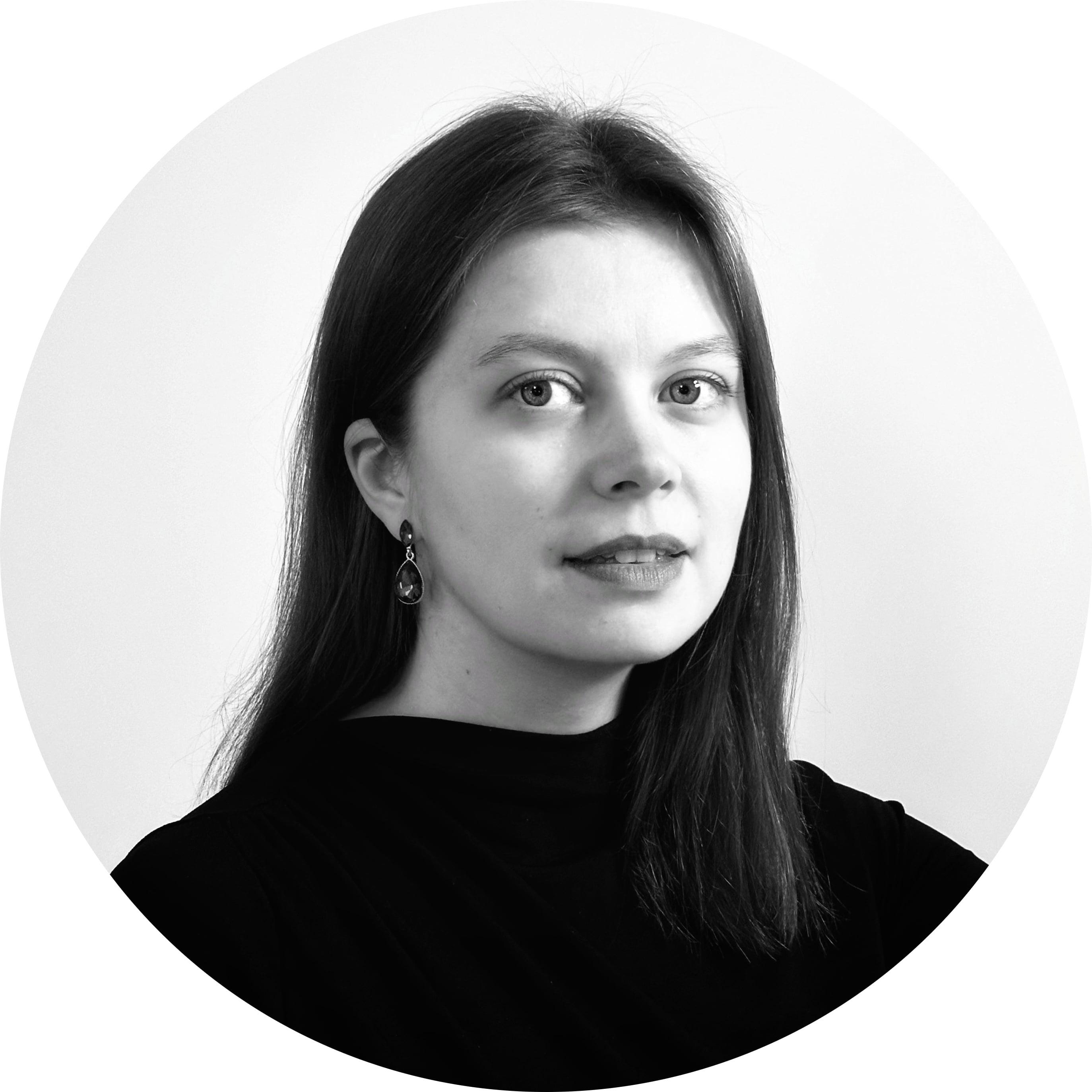Martyna Benedyka
(b. 1991, Poland) is a multidisciplinary visual and performing artist, painter, photographer, and classically trained opera singer, working with image, voice, and sound.
Drawing from a rich cultural and linguistic background, she creates across English, German, French, Italian, Romanian, and Japanese. Through painting, drawing,
collage,
photography, embroidery, installation, video, field recording, and sound art, she explores the fragility of personal and collective memory, questions of existence, and the experience of beauty and the sublime.
She studied Art and Design at the Gray’s School of Art in Scotland, UK, graduating with a First Class BA (Hons) in Fine Art Painting; Vocal Studies (Opera, Lied, Oratorio) and Music Pedagogy at the George Enescu National University of Arts; and Baroque Singing at the Jāzeps Vītols Latvian Academy of Music.
She has exhibited and performed in the UK, Italy, Germany, Austria, France, Ireland, Denmark, Poland, Czechia, Romania, Estonia, Latvia, South Korea, Switzerland, Iceland, Australia, Canada, and the USA.
She is a member of Futures Photography, The Netherlands and Art Contemporain en Bretagne, France, among others.
As a coloratura soprano, she performs Early and Classical repertoire, with a focus on works from the late Baroque era through to contemporary times.
© Martyna Benedyka 2014-2026

